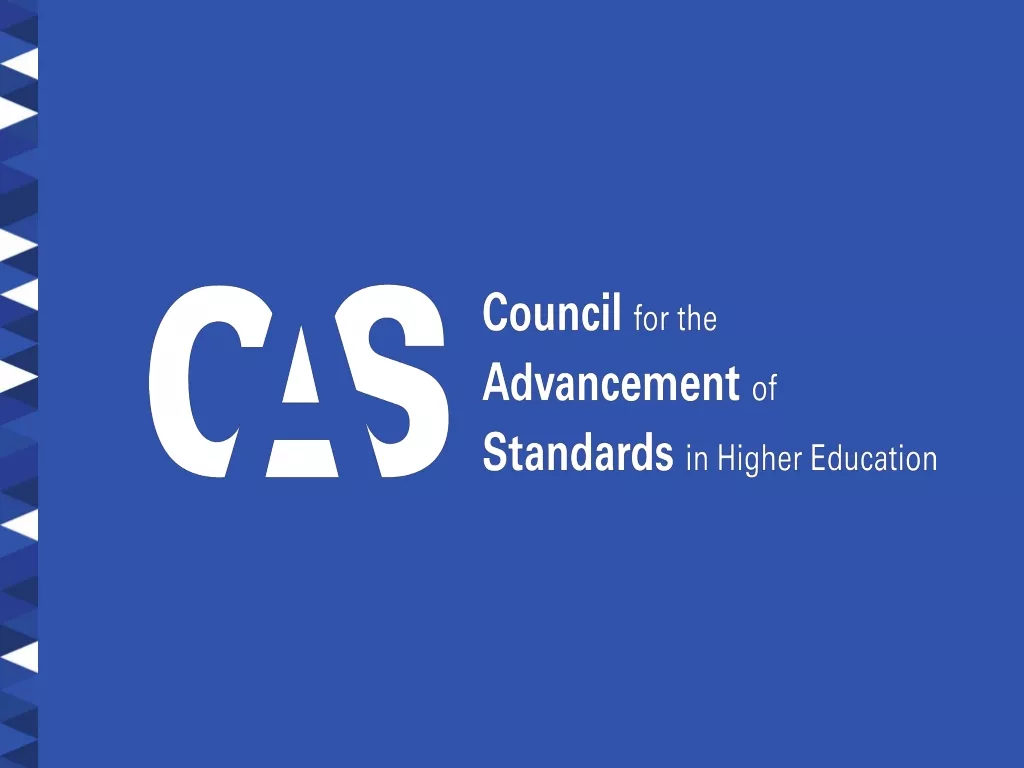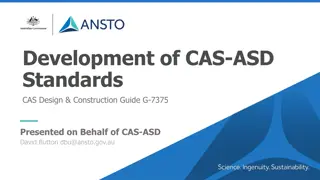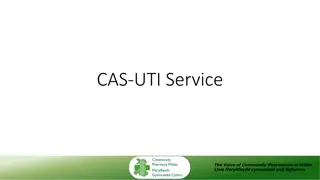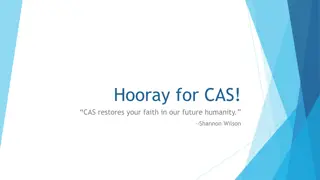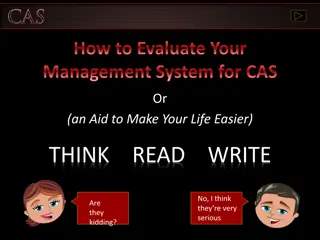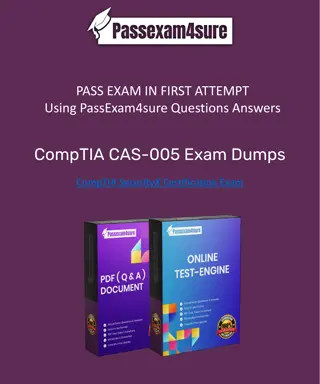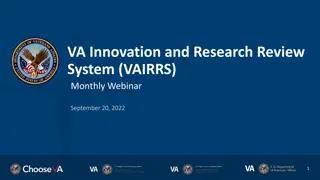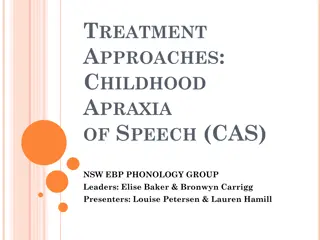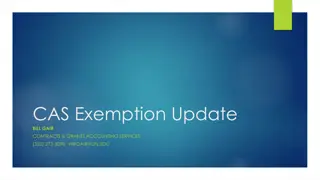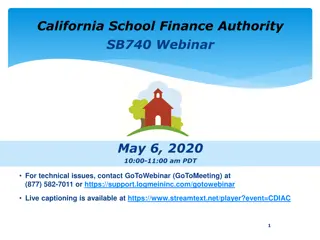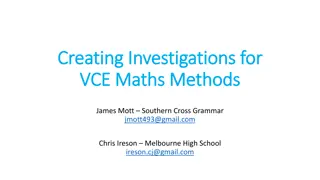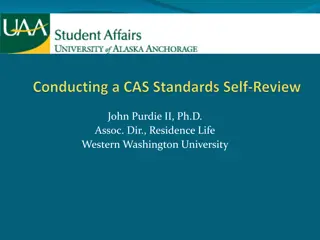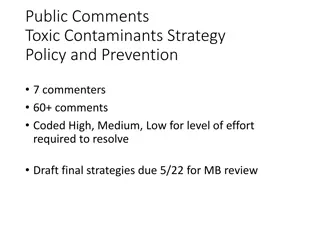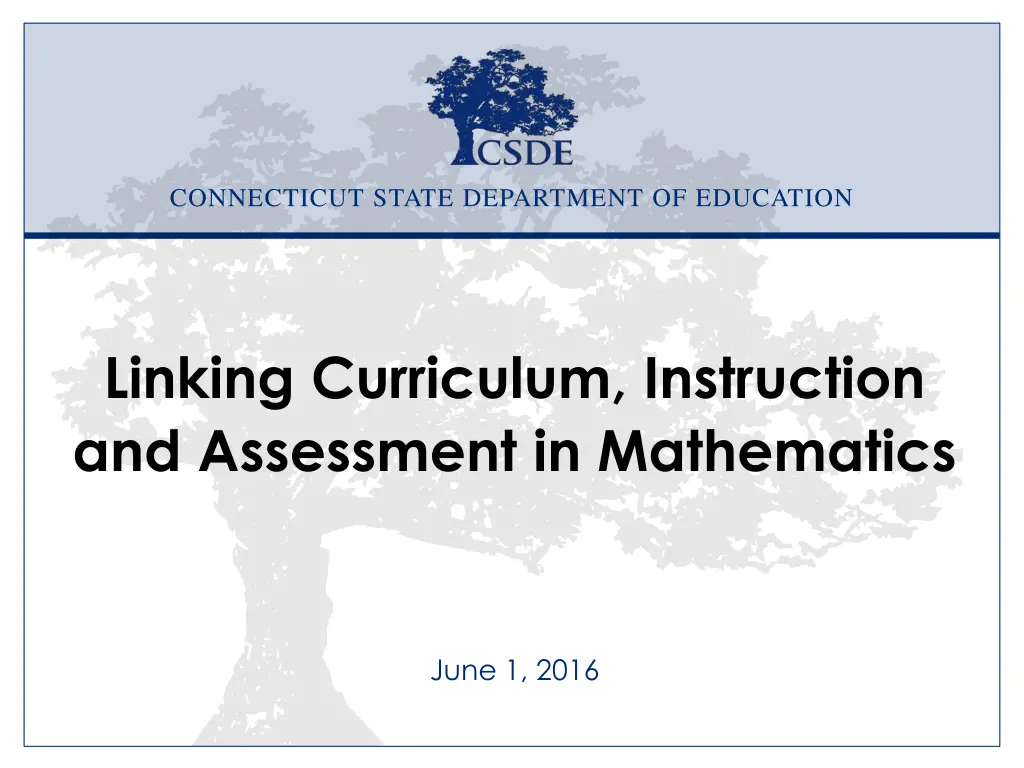
Understanding the Smarter Balanced Assessment in Mathematics
Learn about the structure, components, and significance of the Smarter Balanced Assessment in Mathematics as outlined by the Connecticut State Department of Education. Discover how this assessment links to curriculum and instruction, and gain insights into the Computer Adaptive Test (CAT) and Performance Task (PT) components.
Download Presentation

Please find below an Image/Link to download the presentation.
The content on the website is provided AS IS for your information and personal use only. It may not be sold, licensed, or shared on other websites without obtaining consent from the author. If you encounter any issues during the download, it is possible that the publisher has removed the file from their server.
You are allowed to download the files provided on this website for personal or commercial use, subject to the condition that they are used lawfully. All files are the property of their respective owners.
The content on the website is provided AS IS for your information and personal use only. It may not be sold, licensed, or shared on other websites without obtaining consent from the author.
E N D
Presentation Transcript
CONNECTICUT STATE DEPARTMENT OF EDUCATION Linking Curriculum, Instruction and Assessment in Mathematics June 1, 2016
Learning Targets By the end of this presentation, I will know: the structure of the Smarter Balanced Assessment what the Smarter Balanced Assessment measures how the Smarter Balanced Assessment links to curriculum and instruction CONNECTICUT STATE DEPARTMENT OF EDUCATION
The Smarter Balanced Assessment What is it? CONNECTICUT STATE DEPARTMENT OF EDUCATION CONNECTICUT STATE DEPARTMENT OF EDUCATION
Two Components of the Assessment Smarter Balanced Assessment Computer Adaptive Test (CAT) Performance Task (PT) CONNECTICUT STATE DEPARTMENT OF EDUCATION
A Look Into the CAT Allows students to have more engaging test questions from the real world More efficient for students than a typical paper-and-pencil test Allows students flexibility and accessibility Gives access to helpful tools and resources Contains 27 to 34 items CONNECTICUT STATE DEPARTMENT OF EDUCATION
A Look Into the PT Requires students to answer a set of complex questions centered on a common topic or problem Measures capacities such as depth of understanding, research and writing skills, and/or complex analysis with relevant evidence Designed to provide students with an opportunity to demonstrate their ability to apply their knowledge and higher-order thinking skills to explore and analyze a complex, real-world scenario Contains 4 to 6 items CONNECTICUT STATE DEPARTMENT OF EDUCATION
A Look At Item Types Type of Item Description of Response Four-option multiple choice Multiple Choice, single correct response Multiple Choice, multiple correct responses Matching Tables (with a variation True/False or Yes/No) Short text Drag-and-Drop Multiple-option multiple choice Table format, click entry Keyboard alphanumeric entry Drag-and-Drop single or multiple elements Select text Table format, click entry Plot points and or draw lines Enter equation or numeric response Hot Spot Table Fill in Graphing Equation/numeric Sample Items By Task Type CONNECTICUT STATE DEPARTMENT OF EDUCATION
The Smarter Balanced Assessment What does it measure? CONNECTICUT STATE DEPARTMENT OF EDUCATION CONNECTICUT STATE DEPARTMENT OF EDUCATION
Understanding the Blueprint CONNECTICUT STATE DEPARTMENT OF EDUCATION
What is a Claim? A Claim is a summary statement about the knowledge and skills students are expected to demonstrate on the assessment related to a particular aspect of the CT Core Standards for mathematics. Claim #1 Concepts and Procedures Claim #2 Problem Solving Claim #3 Communicating Reasoning Claim #4 Modeling and Data Analysis CONNECTICUT STATE DEPARTMENT OF EDUCATION
Going Deeper Into the Blueprint CONNECTICUT STATE DEPARTMENT OF EDUCATION
What is a Target? Each Claim is accompanied by a set of assessment targets that provide more detail about the range of content and Depth of Knowledge levels being assessed. For Claim 1, the assessment targets are drawn from the grade-level cluster headings from the CT Core Standards for mathematics. For Claims 2, 3, and 4 the assessment targets are drawn from the CT Core Standards for Mathematical Practice. The assessment targets for Claims 2, 3, and 4 are the same across all tested grades. CONNECTICUT STATE DEPARTMENT OF EDUCATION
Understanding the Targets Claim 1 targets change based upon the grade level being assessed Grade 4 Cluster Heading Number & Operations - Fractions: Extend understanding of fraction equivalence and ordering. Grade 4 Claim 1 Target F: Extend understanding of fraction equivalence and ordering Grade 8 Cluster Heading Geometry: Understand and apply the Pythagorean Theorem. Grade 8 Claim 1 Target H: Understand and apply the Pythagorean Theorem. CONNECTICUT STATE DEPARTMENT OF EDUCATION
Understanding the Targets Claim 2, 3 and 4 targets do not change based upon the grade level being assessed Target Language Claim 3 Target D Use the technique of breaking an argument into cases. Claim 4 Target E Analyze the adequacy of and make improvements to an existing model or develop a mathematical model of a real phenomenon. Math Practice Language Math Practice 3 They are able to analyze situations by breaking them into cases and recognize and use counterexamples. Math Practice 4 They routinely interpret their mathematical results in the context of the situation and reflect on whether the results make sense, possibly improving the model if it has not served its purpose. CONNECTICUT STATE DEPARTMENT OF EDUCATION
The Smarter Balanced Assessment How can I use it to drive curriculum and instruction? CONNECTICUT STATE DEPARTMENT OF EDUCATION CONNECTICUT STATE DEPARTMENT OF EDUCATION
Progressions of Topics Understanding the progressions of the standards from grade to grade Grade 6 Ratio and Proportions Target A: Understand ratio concepts and use ratio reasoning to solve problems. Grade 7 Ratio and Proportions Target A: Analyze proportional relationships and use them to solve real-world and mathematical problems Resource to support the blueprints CONNECTICUT STATE DEPARTMENT OF EDUCATION
Depth-of-Knowledge and Instruction The CT Core Standards require high- level of cognitive demand Students are expected to apply content knowledge and skills to new situations and sustained tasks. The DOK is identified for each target CONNECTICUT STATE DEPARTMENT OF EDUCATION
Webbs Depth-of-Knowledge Levels DOK Level 1 Description Tasks Recall and Reproduction Facts, simple procedures; little transformation of knowledge; right or wrong Transform knowledge before responding, e.g. compare, explain 2 Basic Application of Skills and Concepts 3 Strategic Thinking Use knowledge and extended thinking to solve complex problems with more than one possible solution Sustained strategic thinking over a period of time; real audiences; collaboration 4 Extended Thinking CONNECTICUT STATE DEPARTMENT OF EDUCATION
DOK is about complexity not difficulty! The intended student learning outcome determines the DOK level. What mental processing must occur? While verbs may appear to point to a DOK level, it is what comes after the verb that is the best indicator of the rigor/DOK level. Describe the properties of a parallelogram. Describe how ratios and rates are alike and different. Describe the most significant component of a linear graph. Source: Karin Hess, Ed.D. National Center for Assessment CONNECTICUT STATE DEPARTMENT OF EDUCATION
Putting It Into Practice Cognitive Rigor Matrix for Math CONNECTICUT STATE DEPARTMENT OF EDUCATION
Identifying the DOK Level Grade 8: In which set are the numbers equivalent? even-numbered addresses. Which addresses below would be found on Bill s side of the street? a. 1020, 1022, 1024 b. 2021,2023,2025 c. 3168, 3169, 3170 d. 4167, 4168, 4170 Bill lives on the side of the street with Which of the following is NOT true for any value of x? a. 1/3, 3/27, 33% a. x < x2 < x3 b. x3 < x < x2 c. x < x3 < x2 d. x2 < x < x3 e. x3 < x2 < x b. 0.090, 90%, 0.90 c. 88%, 88/100, 22/25 d. 0.66%, 2/3, 66.7% CONNECTICUT STATE DEPARTMENT OF EDUCATION
Identifying the DOK Level DOK Level 3 Think carefully about the following question. Write a complete answer. You may uses drawings, words, and numbers to explain your answer. Be sure to show all of your work. DOK Level 1 From any vertex of a 4-sided polygon, 1 diagonal can be drawn. From any vertex of a 4-sided polygon, 1 diagonal can be drawn. From any vertex of a 4-sided polygon, 1 diagonal can be drawn. From any vertex of a 4-sided polygon, 1 diagonal can be drawn. Laura wanted to enter the number 8375 into her calculator. By mistake, she entered the number 8275. Without clearing the calculator, how could she correct her mistake? How many diagonals can be drawn form any vertex of a 20- sided polygon Without clearing her calculator, how could she correct her mistake another way? CONNECTICUT STATE DEPARTMENT OF EDUCATION
What DOK Means For Classroom Assessment Formative Levels 1 & 2 - varied, on-going, on the spot Summative Levels 2 & 3 standardized, end of unit Performance-Based Levels 3 & 4 complex, CCSS aligned, inquiry-based projects CONNECTICUT STATE DEPARTMENT OF EDUCATION
Keep in Mind... DOK is a tool to promote student achievement DOK is a scale of cognitive demand DOK level is determined by the item/standard, not the students ability DOK is determined by the context, not the specific verb being used DOK 1 + DOK 1 does not equal DOK 2 CONNECTICUT STATE DEPARTMENT OF EDUCATION
The Smarter Balanced Assessment How does it connect with the Interim Assessments? CONNECTICUT STATE DEPARTMENT OF EDUCATION CONNECTICUT STATE DEPARTMENT OF EDUCATION
Two Types of Interim Assessments Smarter Balanced Interim Assessments Interim Interim Assessment Blocks (IAB) Comprehensive Assessment (ICA) CONNECTICUT STATE DEPARTMENT OF EDUCATION
Interim Comprehensive Assessments (ICA) Use the same blueprints as the summative assessments and assess the same standards Include the same item types and formats, including performance tasks, as the summative assessments CAUTION: Take the same amount of time as the summative assessment CONNECTICUT STATE DEPARTMENT OF EDUCATION
Interim Assessment Blocks (IAB) Focus on smaller sets of targets and therefore are more flexible to better support instruction Include the same item types and formats, including performance tasks, as the summative assessments CONNECTICUT STATE DEPARTMENT OF EDUCATION
Interim Assessment Blocks Currently Available CONNECTICUT STATE DEPARTMENT OF EDUCATION
Curriculum and Instruction Each target has an identified DOK level associated with it The targets for claim 1 are at DOK Level 1 or 2 The blueprints of the interims shows the progression of these DOK levels by domain Fractions Fractions Fractions Grade 3 Grade 4 Grade 5 12 Claim 1 0 Claim 2/4 1 Claim 3 13 Claim 1 1 Claim 2/4 2 Claim 3 11 Claim 1 2 Claim 2/4 2 Claim 3 CONNECTICUT STATE DEPARTMENT OF EDUCATION
Use of Interims Educators should have clarity regarding the purpose of the assessment and the uses of the assessment data before committing to the use of the assessments. Possible purposes Curriculum Instruction Student learning Item type familiarity Professional development Grade flexibility Tests from any grade can be used, depending on purpose. CONNECTICUT STATE DEPARTMENT OF EDUCATION
Questions Jennifer Michalek Math Education Consultant Jennifer.Michalek@ct.gov 860-713-6557 CONNECTICUT STATE DEPARTMENT OF EDUCATION
THANK YOU! CONNECTICUT STATE DEPARTMENT OF EDUCATION CONNECTICUT STATE DEPARTMENT OF EDUCATION


